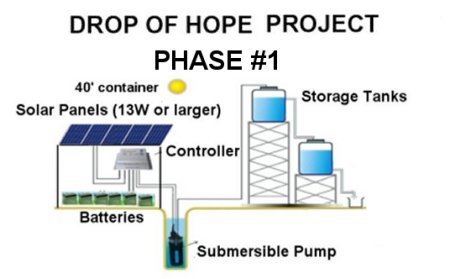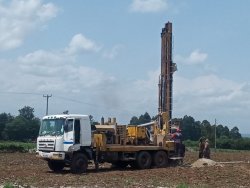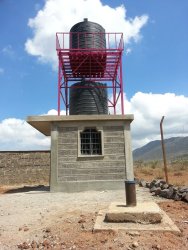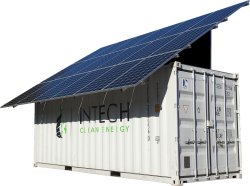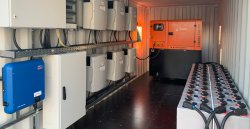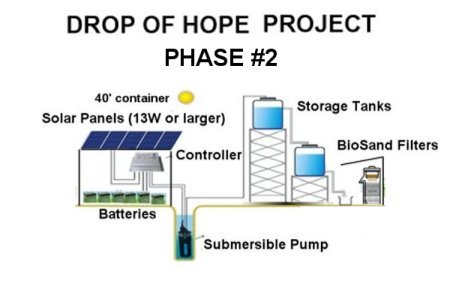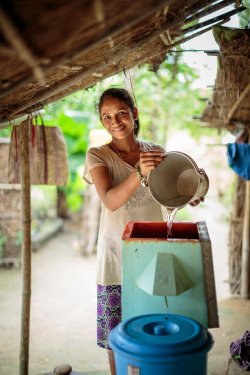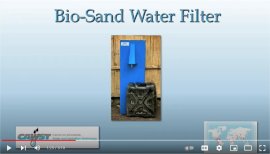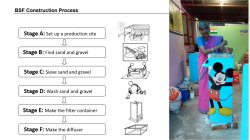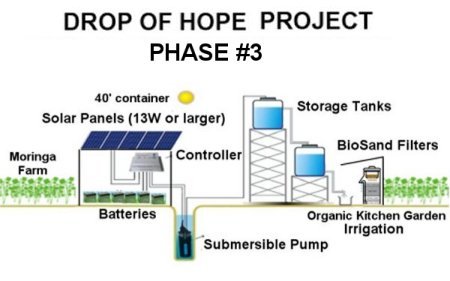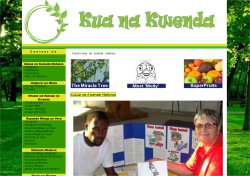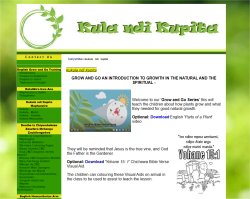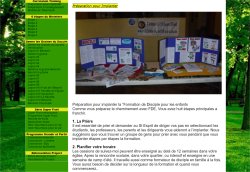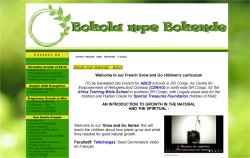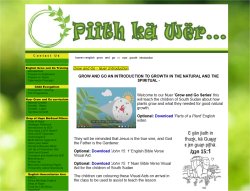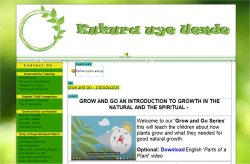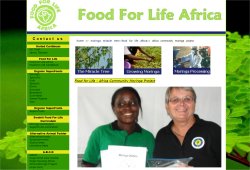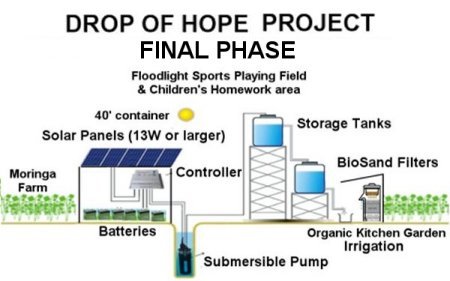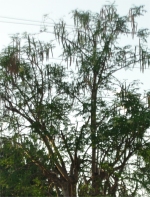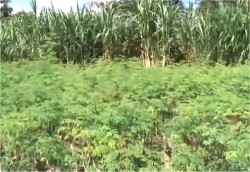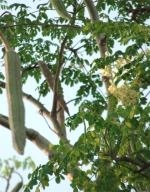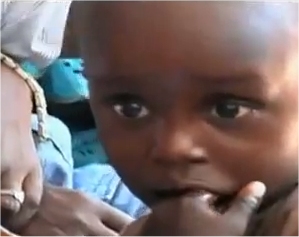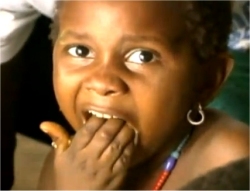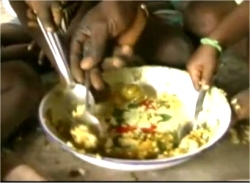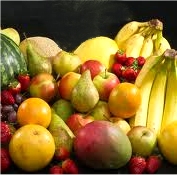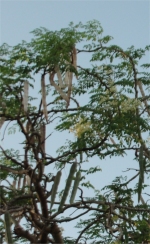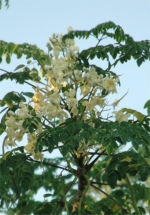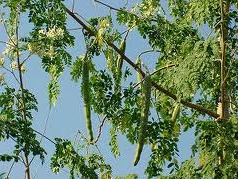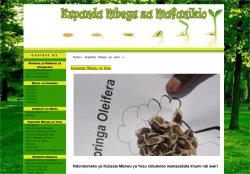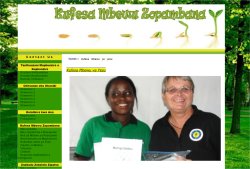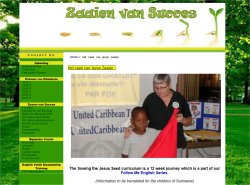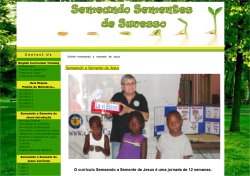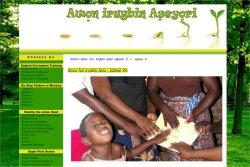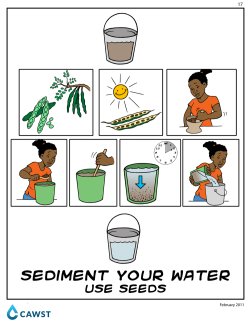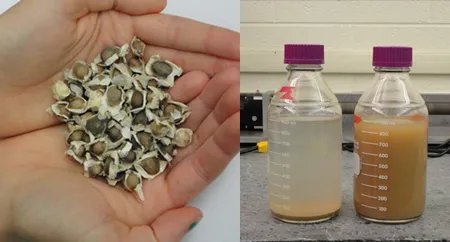
|
 Contact UsCurriculum TrainingSix Step Pattern of MinistryChild EvangelismSowing Seed of Success
English Lessons
Super Fruit Series
Grow and Go curriculumFood For LifeMoringa Projects
More UCT Curriculum |
home>>sowing seeds of success >> moringa>> moringa agro glamping Sowing Seeds of Success - Moringa Agro Glamping Most of our Moringa Estates will be next to or close to our Goshen Agro Glamping Resorts. Enabling vounteers to come for a great Caribbean holiday experience and get involved in our Moringa Project 'Redefining Caribbean Glamping' Land has been identified for a Glamping Resorts in Central Dominica along with an Agricultural Training Centre and on the west coast of Dominica including a Goshen Friendly Farm and Moringa Farm. In central Grenada on the north east coast of the lush island of St Lucia and Nevis. As far north as the Bahamas, Turks and Caicos. Perfect locations for our Agro Glamping Resort. GOSHEN CARIBBEAN MORINGA AGRO GLAMPING RESORTS
To provide water and electricity for the Agro Glamping Resorts we will establish a Drop of Hope Project next to th Agro Glamping Resort. This will enable our Resorts to be completely self sufficient. It will enable visitors to help in the Moringa Estate and Production Plant and also give us the opportuity to train up volunteers in the creation and maintenance of the BioSand Water Filtration system that can be used post disaster or in refugee camps as the humanitartian arm of this wonderful project
Installation of the pump: The cost of solar has decreased over the years so the main choices now are solar verses grid electricity. The higher initial cost of solar will be offset long term by the lower running costs. Sunlight in the Caribbean is very reliable and very predictable. |
|
Solar panels and controller. Investment into a 40 ' Energy Container for uninterrupted off-grid power supply
Information sourced from www.osiligi.org
DEVELOPMENT OF A BIOSAND FILTRATION (BSF) STATION Embedded Microsoft Office presentation, powered by Office.
Embedded Microsoft Office presentation, powered by Office.
KITCHEN GARDEN PROGRAM An organic kitchen garden will be established behind the BSF shed, catchment water from the roof can be used to irrigate the garden.
www.kitchengardenfoundation.org.au
Including introducing the BioSand Filter and educating them on the use and maintenance in a fun way that is suitable for the children's level of education. Enabling us to also introduce them to the 'Living Water' and the
ESTABLISHING A MORINGA FARM
In places like Africa Moringa trees have been used to combat malnutrition, especially among infants and nursing mothers. We hope to introduce Commercial Moringa cultivation as part of our Agro Glamping Resorts
The Moringa tree has great use medicinally both as preventative and treatment. Much of the evidence is anecdotal as there has been little actual scientific research done to support these claims. India's ancient tradition of ayurveda says the leaves of the Moringa tree prevent 300 diseases. One area in which there has been significant scientific research is the reported antibiotic activity of this tree. Learn more: www.naturalnews.com
Moringa trees have been used to combat malnutrition, especially among infants and nursing mothers. Sourced www.naturalnews.com SOWING SEEDS OF SUCCESS CHILDREN'S CURRICULUM
Learn more about the uses of Moringa including water purification. (To be transalted) Sediment Your Water - Using Seeds
Key Message: Different seeds can be used to help remove sediment from your water. Possible Questions: • Have you ever used seeds to sediment your water? • If yes, how do you usually use seeds? Content: The first step in treating your water is to perform sedimentation. When our water is dirty we need to sediment it. Microbes like to stick to sediment, so by removing the sediment we are removing microbes.
There are different ways people use seeds to sediment their water. Explain how to use the seeds available in your area. One way is to do the following steps: • Let the seeds dry out in the sun • Grind up some seeds • Add a handful of ground seeds to a bucket of dirty water • Stir the water with a spoon or stick for a few minutes • Let it settle for a couple of hours • Pour the clear water into a clean storage container The seeds will be left at the bottom of the bucket. They should be thrown out with the rest of the household garbage. By using sedimentation, we are helping to get better water. We still need to filter and disinfect our water after using seeds. Check for Understanding: • Why would you want to use seeds? • How would you use seeds to sediment your water? • Is the water safe to drink after sedimentation? Information sourced from CAWST.org SOWING SEEDS OF SUCCESS - MORINGA CURRICULUM SUPER FRUIT CURRICULUM NEW LIFE CURRICULUM
|
| Copyright © 2024 www.UnitedCaribbean.com. All rights reserved. Disclaimer Click to Contact us |
